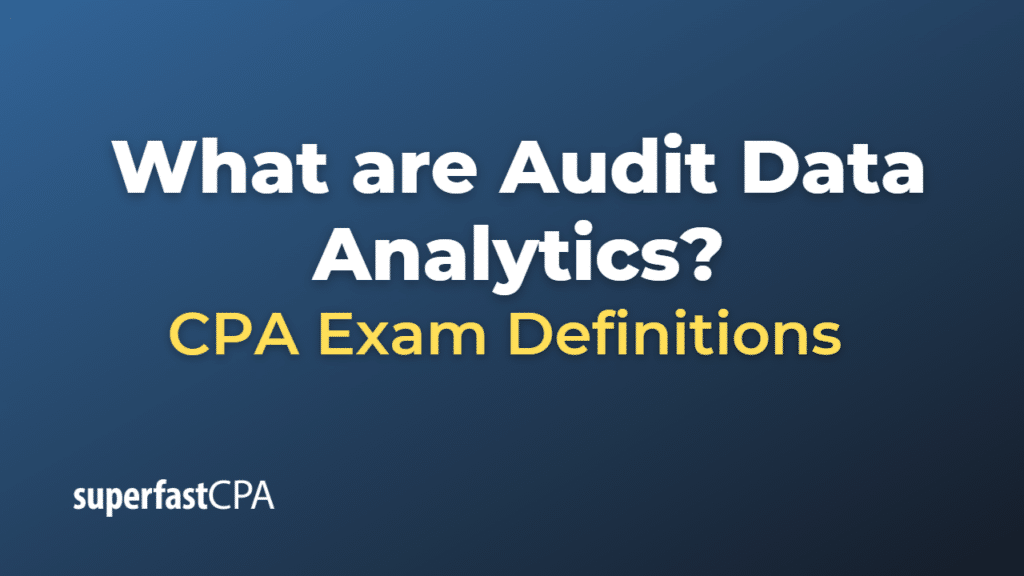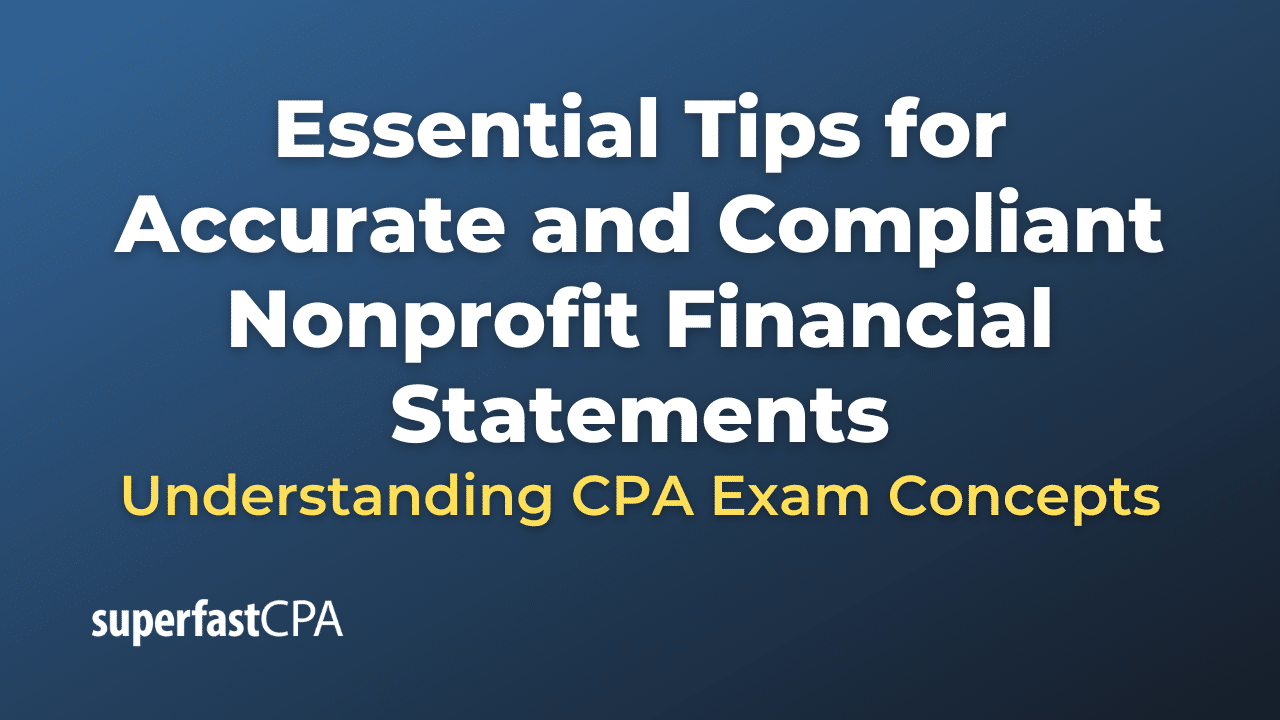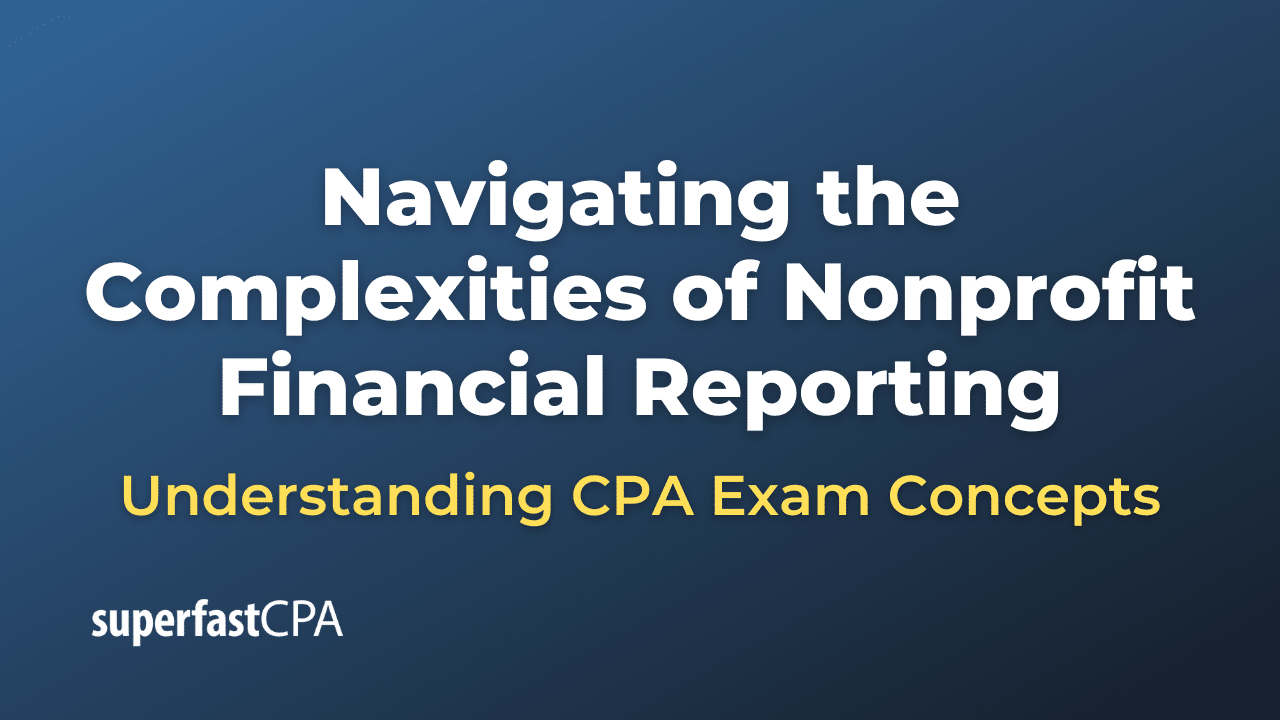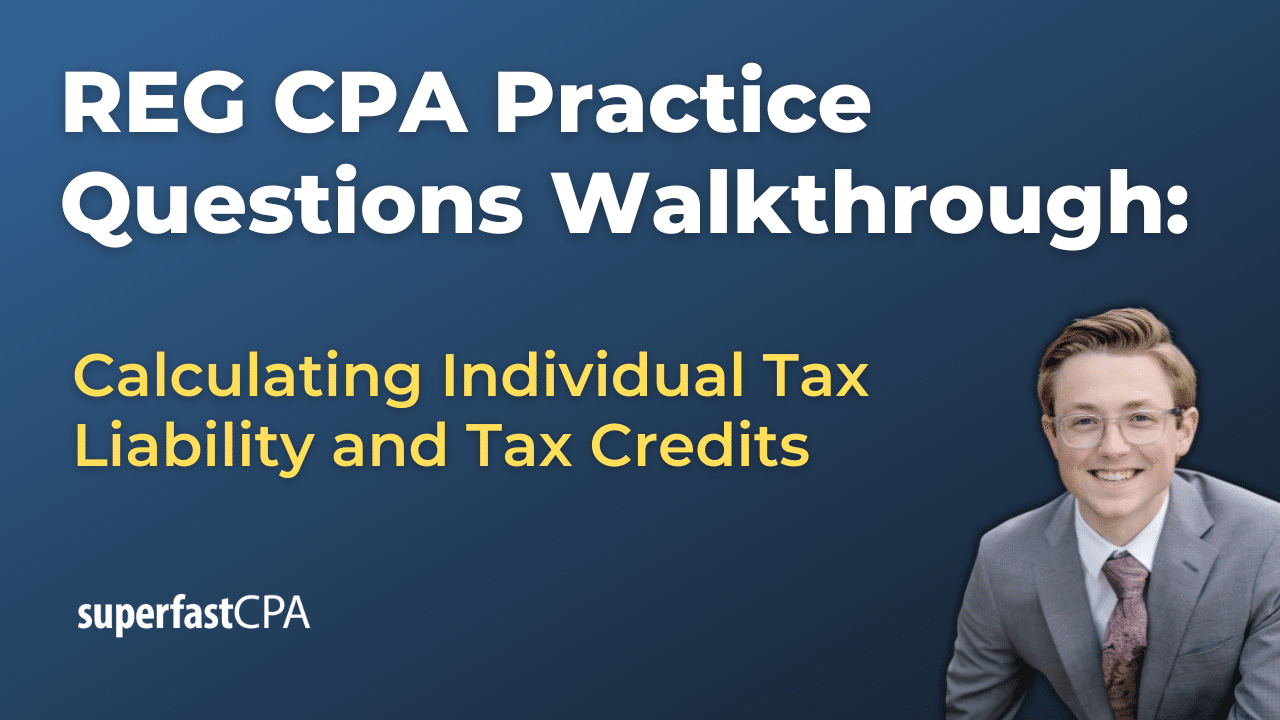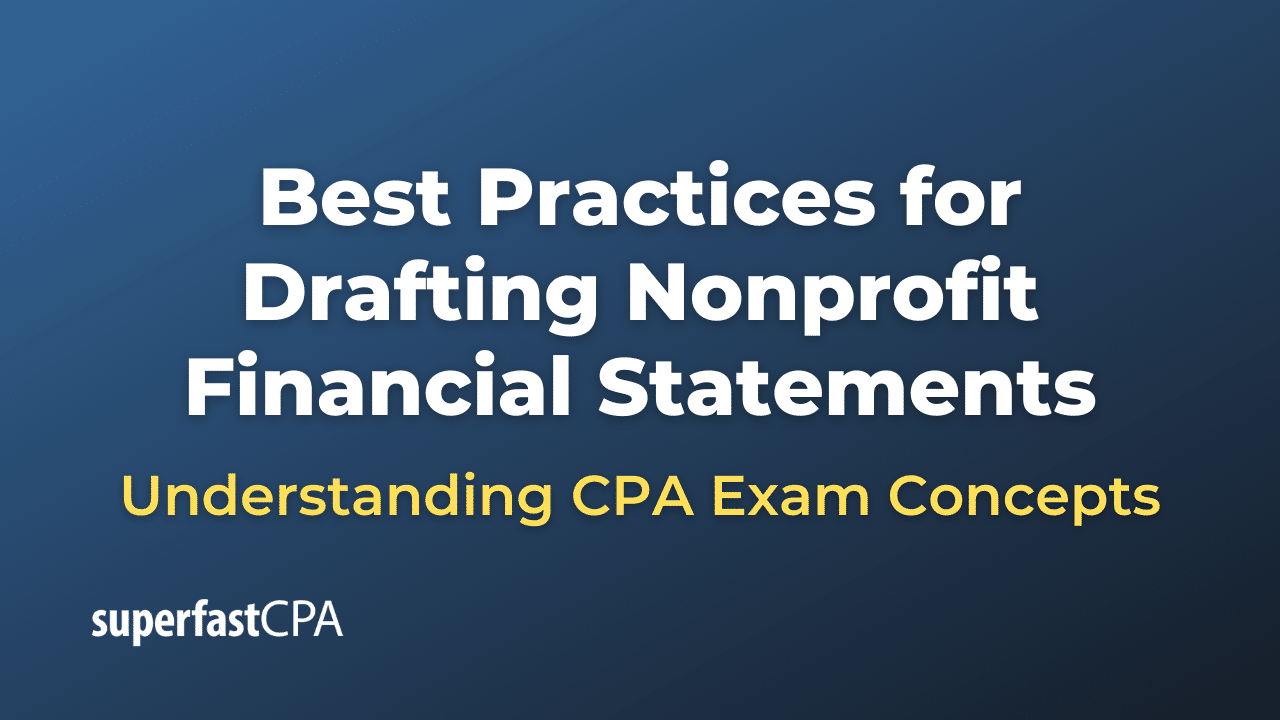Audit Data Analytics
Audit data analytics (ADA) refers to the process of using technology, such as data analysis tools and techniques, to evaluate and analyze large volumes of data related to an entity’s financial transactions, operations, and controls during an audit. The purpose of ADA is to enhance the effectiveness and efficiency of the audit process by helping auditors identify risks, anomalies, trends, and patterns that may indicate potential misstatements, fraud, or control weaknesses.
Some examples of audit data analytics techniques include:
- Descriptive analytics: Summarizing and visualizing data to understand the underlying patterns, trends, and relationships. For example, an auditor may create a bar chart or a heatmap to visualize sales revenue by product line or geographical region.
- Diagnostic analytics: Analyzing past data to determine the root causes of specific issues or anomalies. For example, an auditor may use clustering techniques to group similar transactions together and identify outliers or unusual transactions that require further investigation.
- Predictive analytics: Using statistical models and algorithms to forecast future events or trends based on historical data. For example, an auditor may use regression analysis to predict the likelihood of a material misstatement in a specific account based on historical financial data and risk factors.
- Prescriptive analytics: Recommending actions to optimize outcomes based on data analysis. For example, an auditor may use optimization techniques to suggest the most efficient allocation of audit resources based on the identified risks and priorities.
By incorporating audit data analytics into the audit process, auditors can gain deeper insights into the entity’s financial data, improve the identification and assessment of risks, and ultimately enhance the quality and effectiveness of the audit.
Example of Audit Data Analytics
Let’s consider an example where an auditor uses audit data analytics to detect potential fraud in a company’s sales transactions.
Company ABC is a retail business, and the auditor decides to use audit data analytics to analyze the company’s sales data for the past year. The auditor extracts the complete sales transaction data from the company’s accounting system and imports it into a data analytics tool.
The auditor first uses descriptive analytics to visualize the sales data by plotting the sales revenue by month, product category, and store location. This visualization helps the auditor identify any unusual patterns or trends, such as sudden spikes in sales revenue or significant variations across different product categories or store locations.
Next, the auditor employs diagnostic analytics by using clustering techniques to group similar transactions together. This allows the auditor to detect any outliers or unusual transactions that may indicate potential fraud, such as sales transactions with significantly higher discounts than usual or transactions recorded outside of regular business hours.
By further analyzing the data using predictive analytics, the auditor may identify certain risk factors associated with the unusual transactions, such as specific employees, customers, or store locations that have a higher likelihood of being involved in fraudulent activities.
Based on the findings from the audit data analytics, the auditor may decide to perform additional audit procedures to gather more evidence and validate the identified risks and unusual transactions. For example, the auditor might request supporting documentation for the unusual transactions, interview the employees involved, or perform surprise inventory counts at the store locations with higher fraud risk.
In this example, audit data analytics helped the auditor to identify potential fraud risks more efficiently and effectively by analyzing large volumes of sales transaction data and pinpointing the areas of concern that required further investigation.

